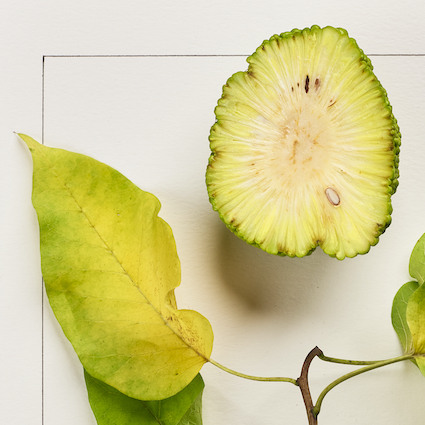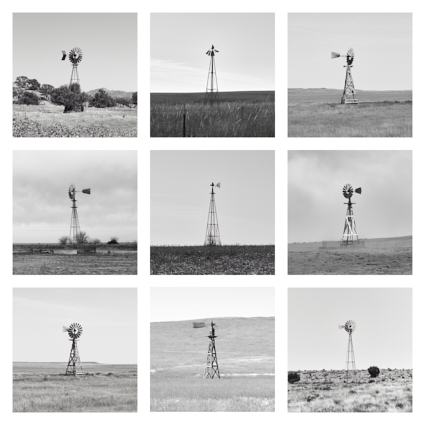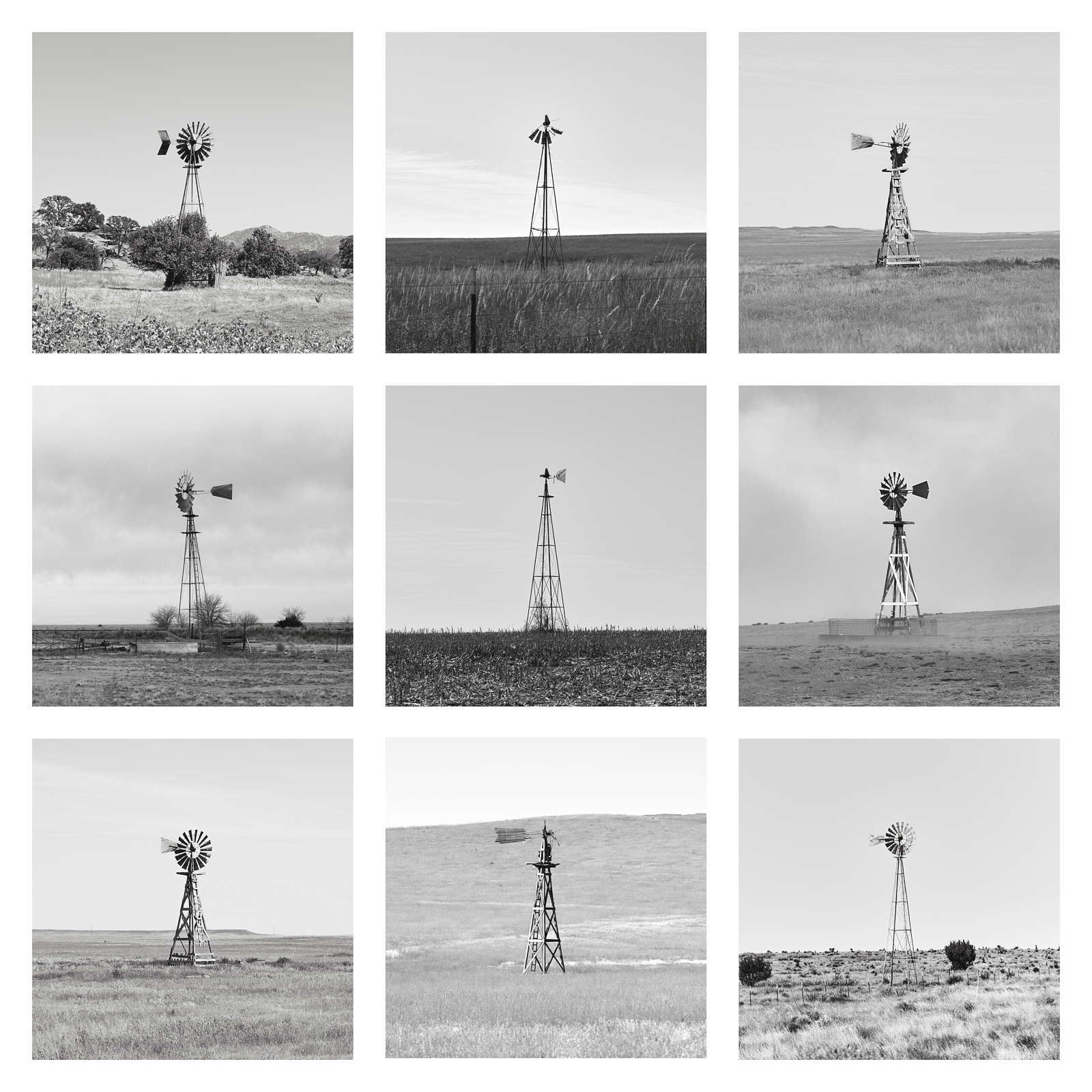Some initial thoughts on “photography as art” or “photography of art.”
In some cases, it seems easy to say that a photograph is the art, e.g., when the photographer doesn’t manipulate the scene, stage the subjects, or otherwise interfere with the world captured in the photograph. For landscape photographers who search for the right scene in the right light and the right conditions at the right time of year, the photograph is probably the art. Similarly, photographers who scour urban or interior spaces for details, or a fleeting scene. But I wonder about instances where the photographer as intervened, arranged, manipulated the objects in the photograph. When does the staged scene become the art and the subsequent photograph merely a photograph of that art?
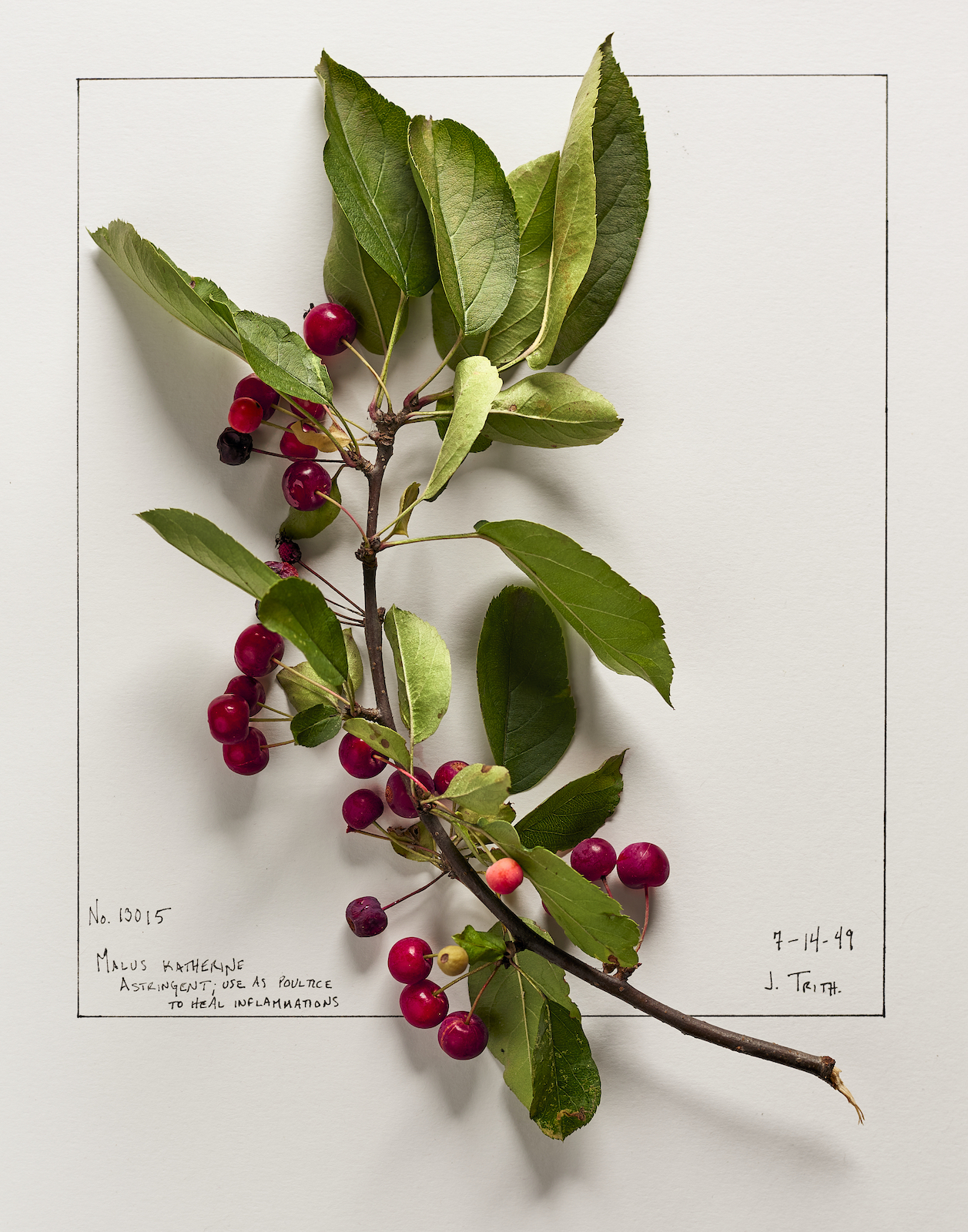
A portrait or a still life both require the photographer to intervene and stage the scene, and seem to be the space where this question of “Art or photograph of art?” becomes rather thorny. When producing the portrait or still life required considerable skill, time, and effort, perhaps we could more easily see the work as art: Titian’s portraits, or Bruegel’s still life paintings, or Dürer’s drawings. But today, when almost anybody can make technically sound photographs, the quality and execution of the work is no longer sufficient to make it art.
The ease of producing photographic portraits and still lifes displaces the art from the final product, the photograph, back to the staging of the photograph. Photography, in this mode, risks becoming mimesis. The art, insofar as art is related to effort or skill or talent or vision, is in the staging of the scene, the creating and arranging of props, the directing of people in the frame. The photograph becomes a sort of single frame from a movie. Perhaps that’s why we hear so much about cinematic photography these days, and why color grading seems to be mandatory, and why any photograph of a gas station at night shot on CineStill is considered art. Photography has become merely the means of representing art.
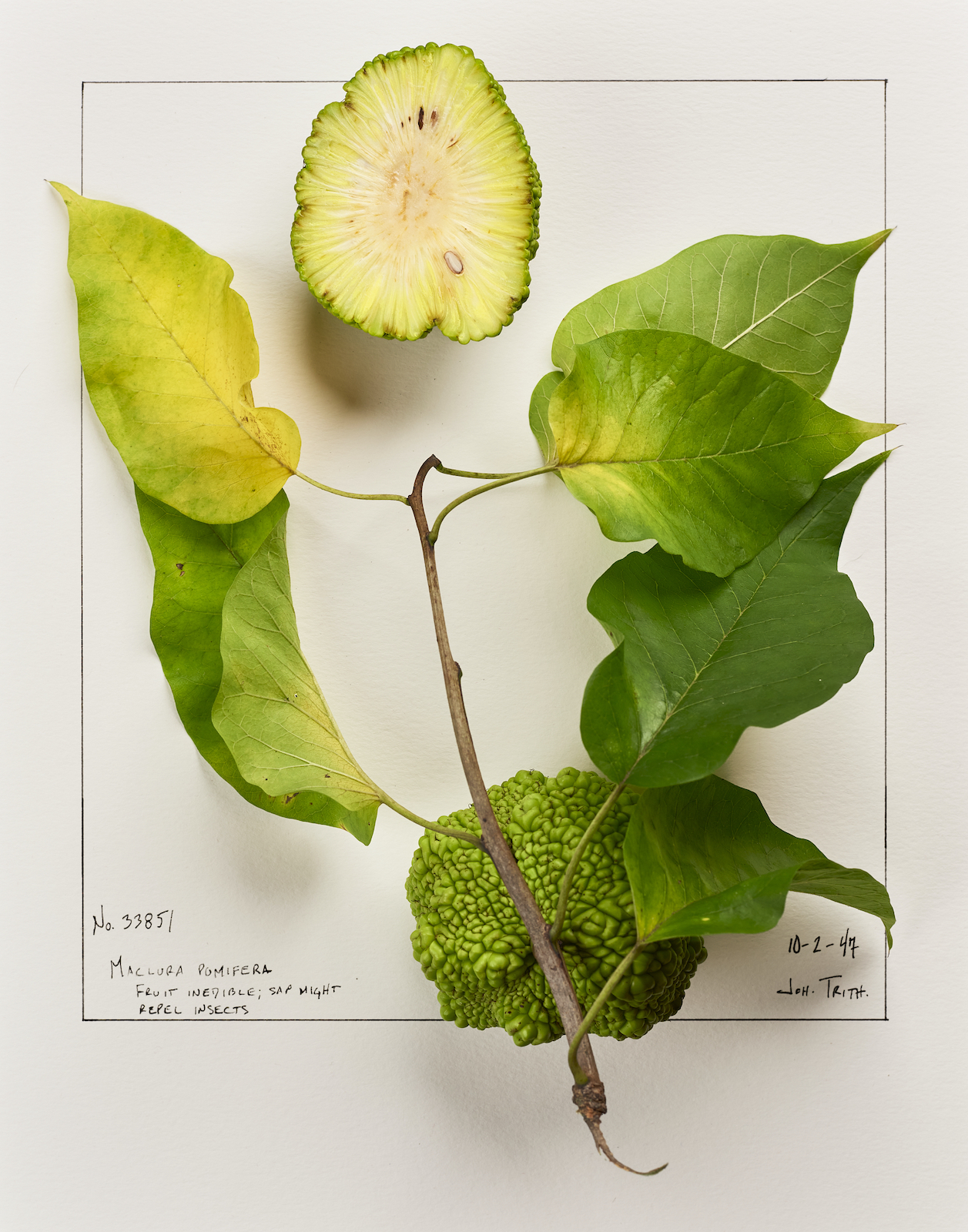
Photography has always risked mimesis, risked being little more than a representation of art: Weston’s peppers; Penn’s portraits; Mapplethorpe’s flowers. But there seems to be something different today, at least in degree if not in kind. Weston, Penn, Mapplethorpe seemed to try to find the beauty in something, tried to reveal the beauty that was there as opposed to fabricating the beauty. Photography was, it seems, both the means and the material of the art. Mapplethorpe’s flowers were beautiful works of art because they were photographs. The photograph captured something that Mapplethorpe could imagine but was disguised, fleeting, or indiscernible. The photograph added something, was essential, was more than simply a representation of what anybody would have seen if they looked at the flower. Increasingly, the photograph doesn’t aspire to be art so much as it is content to be evidence. Evidence of having been somewhere, eaten something, creatively arranged an assortment of things, artistically staged some scene. Evidence that art was made.
